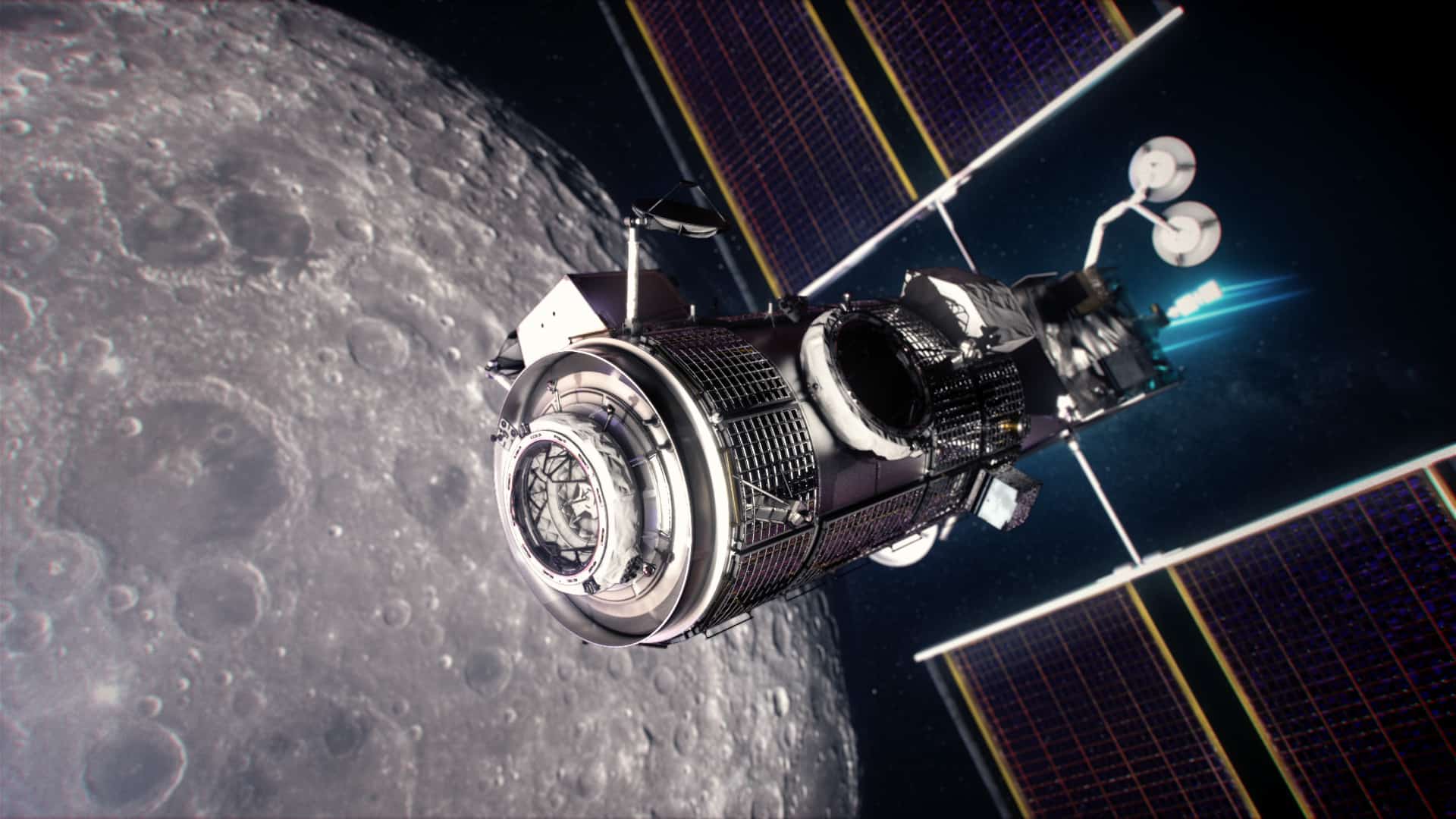Czech company ADVACAM will help answer one of the most important questions of space travel: “How to protect crews and equipment from the negative effects of cosmic rays?”
NASA will use the results of the research for the Artemis program, a mission planned for 2024 when, for the first time in history, a woman will fly to the Moon. Artemis will also be NASA’s first crewed flight to the Moon since 1972.
Radiation research will be provided for NASA by the US State University of Louisiana (LSU) which invited the cooperation of Czech company ADVACAM, an innovator and manufacturer of unique imaging detectors used today, for example, by astronauts on the International Space Station (ISS).
ADVACAM will thus become the first Czech company whose product will reach the Moon. The Intuitive Machines Nova-C lunar landing module, which will carry the ADVACAM detector, will be launched from the SpaceX Falcon 9 rocket in the first quarter of 2022. The module will spend two weeks on the Moon.
Data will be collected by highly sophisticated ADVACAM MiniPIX TPX3 miniature cameras recoding traces of individual particles of space radiation.
ADVACAM’s state-of-the-art detectors, which have undergone NASA’s highly rigorous certification process for use in extreme space conditions, will face a new challenge – they will not fly inside a spaceship-like on the ISS but will be located on the module’s external arm. The module, which will orbit the Earth several times and then head for the Moon, will collect data throughout the flight.
The MiniPIX TPX3 detector, which will fly to the Moon, is based on ADVACAM’s long-term cooperation with the Institute of Technical and Experimental Physics of the Czech Technical University and the international Medipix2 and Medipix3 collaborations which are coordinated at CERN.
It builds on more than two decades of development of the sophisticated Medipix and Timepix family of chips. This technology has also been adapted for use in space in collaboration with the European Space Agency (ESA).











